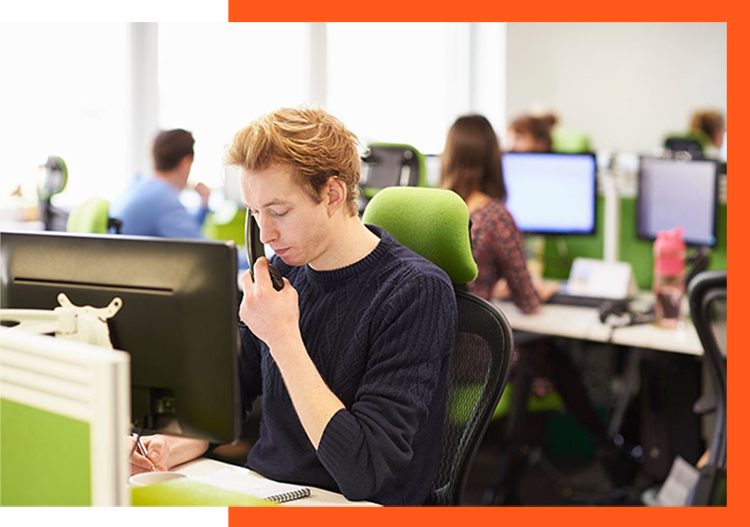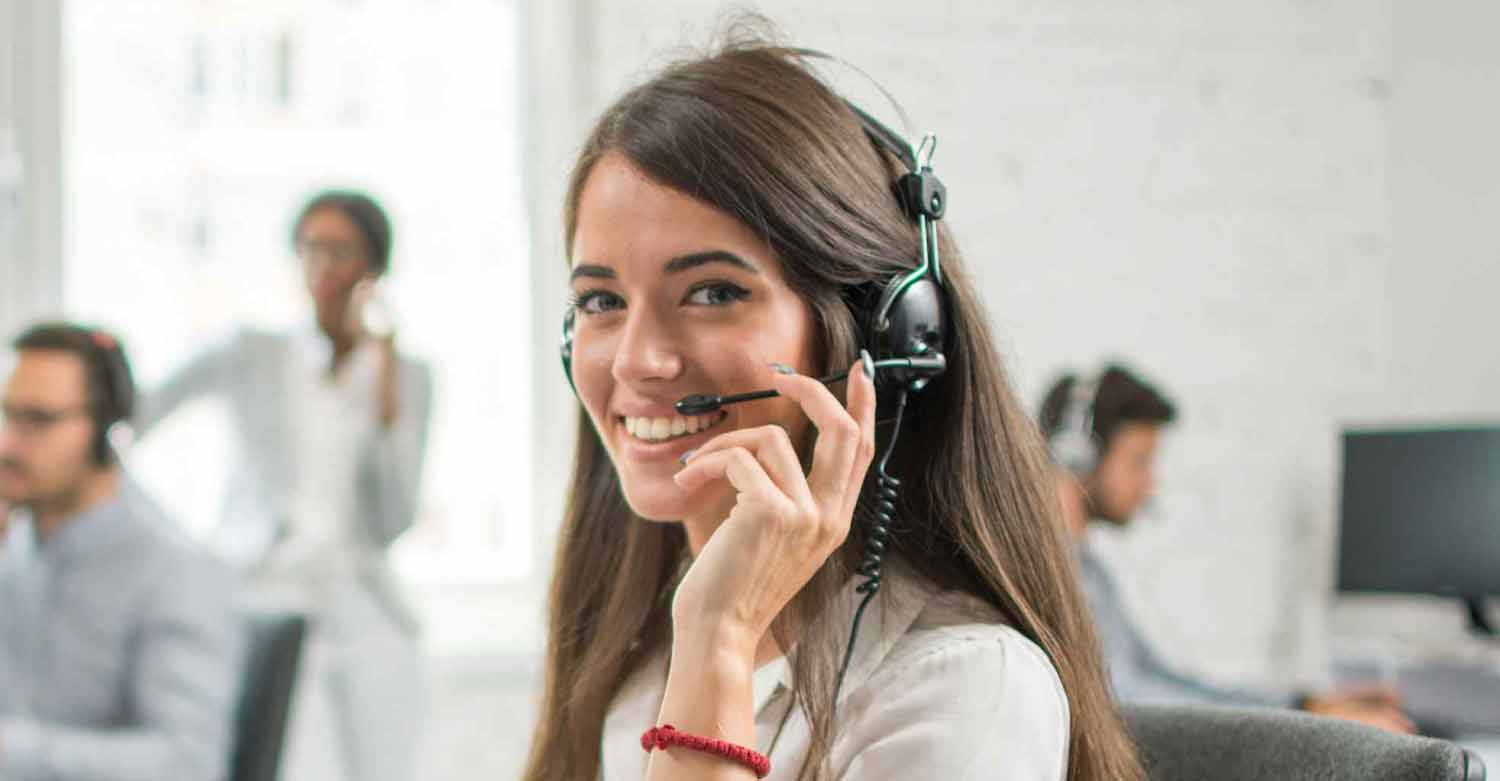All Categories
Featured
Table of Contents
- – What's The Best Answering Services 101: Everyth...
- – Who Makes The Best Virtual Receptionist - Answ...
- – How Much Should I Pay For What To Look For In ...
- – Who Makes The Best Telephone Answering Servic...
- – What's The Best Phone Answering Services Brand
- – What Is The Best Phone Answering Services - ...
What's The Best Answering Services 101: Everything You Need To Know ... Brand
This gadget and its followers were created by Sava Jacobson, an electrical engineer with a personal consulting company. While early voice mail used magnetic tape innovation, many contemporary equipment uses strong state memory storage; some devices use a combination of both, with a solid-state circuit for the outbound message and a cassette for the incoming messages.
"toll saving" below) (phone answering service). This is useful if the owner is screening calls and does not want to speak to all callers. In any case after going, the calling party should be informed about the call having been responded to (most of the times this starts the charging), either by some remark of the operator, or by some greeting message of the little bit, or resolved to non-human callers (e.
This holds especially for the Little bits with digitally saved greeting messages or for earlier devices (before the rise of microcassettes) with a special endless loop tape, separate from a 2nd cassette, devoted to recording. There have actually been answer-only gadgets with no recording capabilities, where the welcoming message needed to notify callers of a state of current unattainability, or e (phone answering).
Who Makes The Best Virtual Receptionist - Answering Service - Phone Answering 2023

about schedule hours. In recording TADs the welcoming generally contains an invitation to leave a message "after the beep". An answering device that utilizes a microcassette to record messages On a dual-cassette answerphone, there is an outbound cassette, which after the defined variety of rings plays a pre-recorded message to the caller.

Single-cassette voice mail contain the outgoing message at the start of the tape and inbound messages on the remaining area. They first play the announcement, then fast-forward to the next readily available space for recording, then tape-record the caller's message. If there are many previous messages, fast-forwarding through them can trigger a substantial delay.
This beep is typically referred to in the welcoming message, requesting that the caller leave a message "after the beep". TADs with digital storage for the taped messages do disappoint this delay, of course. A TAD may provide a remote control facility, where the answerphone owner can ring the house number and, by getting in a code on the remote telephone's keypad, can listen to recorded messages, or erase them, even when away from home.
How Much Should I Pay For What To Look For In A Phone Answering Service For Your ...?

Therefore the device increases the variety of rings after which it responds to the call (generally by two, leading to four rings), if no unread messages are currently stored, however answers after the set number of rings (typically 2) if there are unread messages. This permits the owner to learn whether there are messages waiting; if there are none, the owner can hang up the phone on the, e.
Some machines also allow themselves to be from another location activated, if they have actually been turned off, by calling and letting the phone ring a particular big number of times (usually 10-15). Some service companies desert calls already after a smaller sized number of rings, making remote activation difficult. In the early days of TADs an unique transmitter for DTMF tones (dual-tone multi-frequency signalling) was regionally needed for remote control, since the previously used pulse dialling is not apt to convey appropriate signalling along an active connection, and the dual-tone multi-frequency signalling was executed step-by-step.
Any inbound call is not recognizable with regard to these homes in advance of going "off hook" by the terminal equipment. So after going off hook the calls need to be switched to proper devices and only the voice-type is right away available to a human, but maybe, nevertheless ought to be routed to a TAD (e.
Who Makes The Best Telephone Answering Service - Dexcomm - U.s. Based
What if I informed you that you do not need to really choose up your gadget when addressing a customer call? Somebody else will. So practical, ideal? Addressing telephone call doesn't need someone to be on the other end of the line. Efficient automated phone systems can do the technique simply as effectively as a live representative and sometimes even much better.
An automatic answering service or interactive voice response system is a phone system that interacts with callers without a live person on the line - professional phone answering service. When business utilize this innovation, customers can get the answer to a concern about your business simply by utilizing interactions set up on a pre-programmed call flow.
Although live operators upgrade the client service experience, numerous calls do not require human interaction. An easy documented message or guidelines on how a customer can obtain a piece of info typically fixes a caller's immediate need - professional phone answering service. Automated answering services are a simple and efficient method to direct inbound calls to the right person.
What's The Best Phone Answering Services Brand
Notification that when you call a company, either for assistance or item query, the very first thing you will hear is a pre-recorded voice welcoming and a series of alternatives like press 1 for customer support, press 2 for inquiries, and so on. The pre-recorded choices branch off to other options depending on the consumer's choice.
The phone tree system helps direct callers to the right person or department using the keypad on a cellphone. In some instances, callers can utilize their voices. It's worth noting that auto-attendant choices aren't restricted to the ten numbers on a phone's keypad. When the caller has actually picked their first alternative, you can create a multi-level auto-attendant that utilizes sub-menus to direct the caller to the best kind of help.
The caller does not have to interact with an individual if the auto-attendant phone system can manage their issue. The automated service can route callers to an employee if they reach a "dead end" and require help from a live agent. It is pricey to work with an operator or executive assistant.
What Is The Best Phone Answering Services - Usa, Europe To Have
Automated answering services, on the other hand, are substantially cheaper and provide considerable expense savings at approximately $200-$420/month. Even if you do not have actually committed personnel to manage call routing and management, an automatic answering service enhances productivity by allowing your team to concentrate on their strengths so they can more efficiently invest their time on the phone.
A sales lead routed to client service is a lost shot. If a consumer who has item questions reaches the incorrect department or gets insufficient answers from well-meaning employees who are less trained to manage a particular kind of question, it can be a reason for disappointment and discontentment. An automated answering system can minimize the number of misrouted calls, thus assisting your employees make better use of their phone time while releasing up time in their calendar for other jobs.
With Automated Answering Systems, you can produce a customized experience for both your staff and your callers. Make a recording of your primary greeting, and merely update it routinely to reflect what is going on in your company. You can produce as numerous departments or menu choices as you want.
Table of Contents
- – What's The Best Answering Services 101: Everyth...
- – Who Makes The Best Virtual Receptionist - Answ...
- – How Much Should I Pay For What To Look For In ...
- – Who Makes The Best Telephone Answering Servic...
- – What's The Best Phone Answering Services Brand
- – What Is The Best Phone Answering Services - ...
Latest Posts
Ai Answering System
Guaranteed Hospitality Answering Service (Surfers Paradise)
Comprehensive Virtual Phone Answering Near Me – Adelaide
More
Latest Posts
Ai Answering System
Guaranteed Hospitality Answering Service (Surfers Paradise)
Comprehensive Virtual Phone Answering Near Me – Adelaide